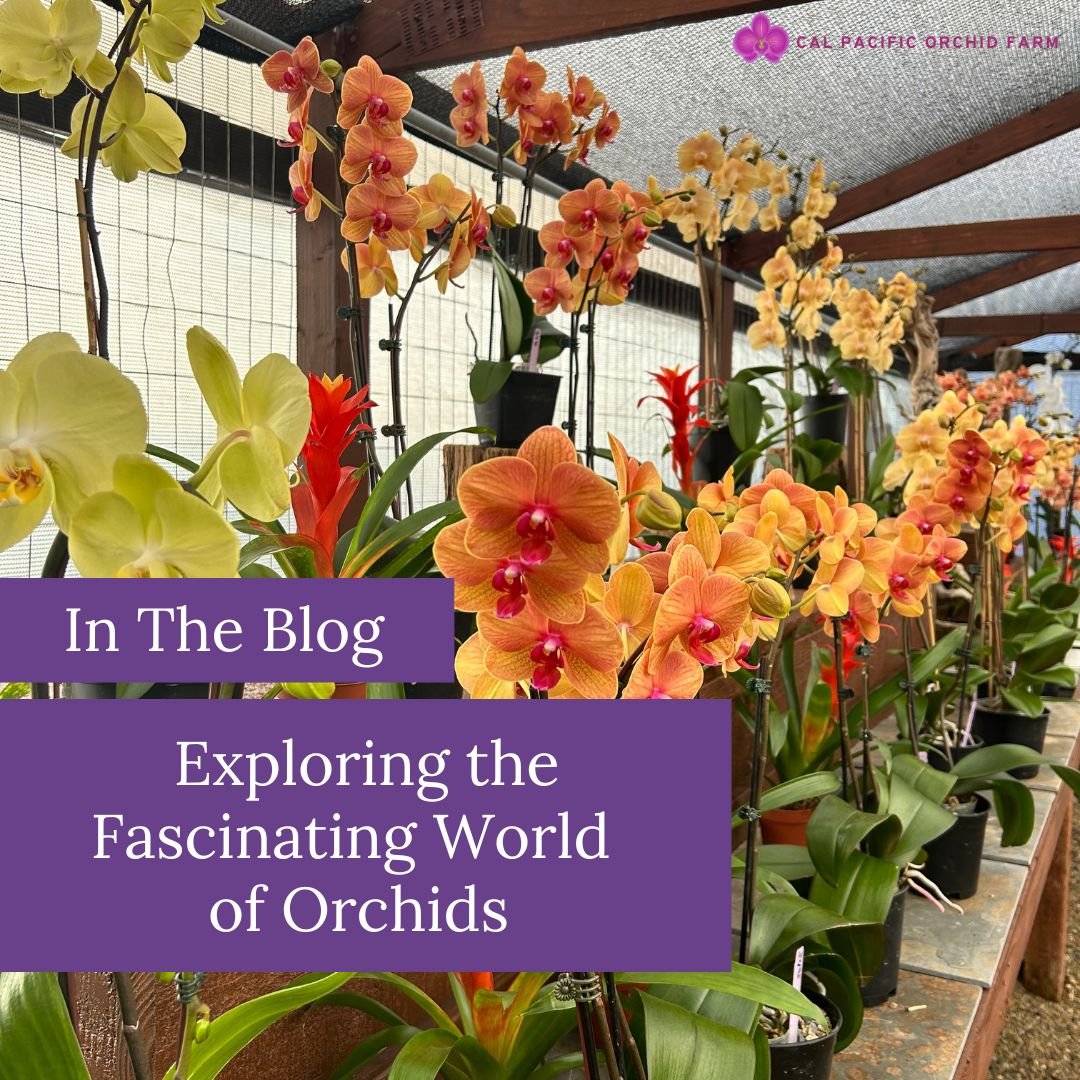Introduction:
Orchids, with their exquisite blooms and captivating beauty, have fascinated humanity for centuries. Beyond their stunning appearance, orchids hold a treasure trove of fascinating facts and trivia. In this blog post, we delve into the intriguing world of orchids, exploring their cultural significance, medicinal uses, unique adaptations, and more.
Cultural Significance:
Orchids have deep-rooted symbolism in various cultures around the world. In ancient Greece, they were associated with fertility and virility, while in China, they symbolized refinement and friendship. Even today, orchids hold cultural significance. In Victorian England, orchids were symbols of luxury and conveyed messages of love and admiration. In many cultures, including Japanese and Hawaiian, orchids are used in ceremonies and celebrations as symbols of beauty and elegance.
Medicinal Uses:
Throughout history, orchids have been used for medicinal purposes. In traditional Chinese medicine (TCM), certain orchid species are used to treat various ailments, including coughs, fever, and respiratory infections. Indigenous tribes in the Amazon rainforest also utilize orchids for medicinal purposes, including wound healing and pain relief. While modern research on orchid medicinal properties is ongoing, their historical use in traditional medicine showcases their potential health benefits.
Adaptations for Survival:
Orchids have evolved remarkable adaptations to thrive in diverse environments. Some orchids have developed intricate pollination mechanisms, such as mimicking the appearance and scent of female insects to attract male pollinators. Epiphytic orchids, which grow on trees in tropical forests, have aerial roots equipped with velamen, allowing them to absorb moisture and nutrients from the air. Additionally, orchids often employ mimicry to deceive pollinators, ensuring successful reproduction.
World’s Largest Plant Family:
The Orchidaceae family is one of the largest and most diverse plant families, with over 25,000 recognized species and countless hybrids. Orchids are found on every continent except Antarctica, showcasing an astonishing diversity of shapes, sizes, and colors. Their adaptability to various climates and habitats contributes to their widespread distribution and abundance.
Longevity and Resilience:
Orchids are renowned for their longevity and resilience. Some species can live for decades or even centuries under the right conditions. Orchids have adapted to survive in diverse environments, from deserts to alpine meadows, enduring extreme temperatures and limited water availability.
Conclusion:
Orchids are not merely beautiful flowers; they are wonders of nature, rich in cultural significance, and biological marvels. From their role in traditional medicine to their astonishing adaptations for survival, orchids continue to captivate and inspire awe. As we appreciate their beauty, let us also celebrate the fascinating world of orchids and the profound impact they have had on humanity throughout history.
